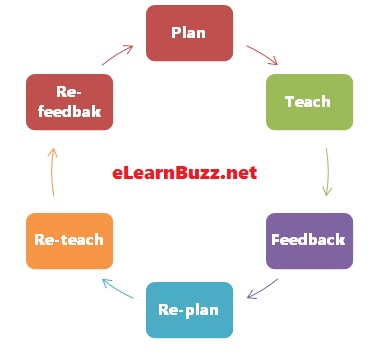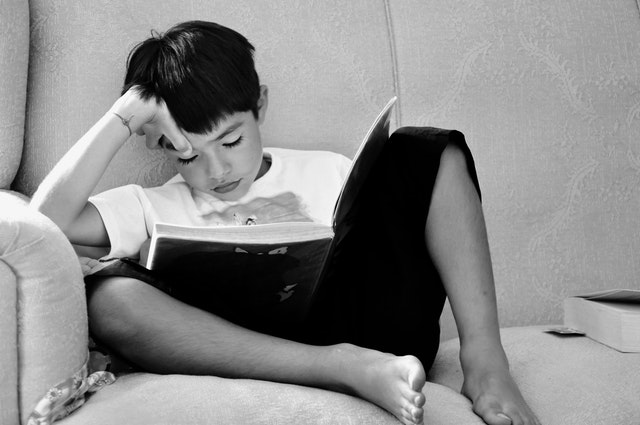CTET Questions on Growth and Development
Dear readers, following are the CTET previous years questions with answers on Growth and Development. These CTET questions on Growth and Development are important for preparation of CTET, KVS, HTET, PSTET, UPTET, MPTET and RAJTET exams. 1- In which of the following stages do children become active members of their peer group? a) Adolescence b)…


